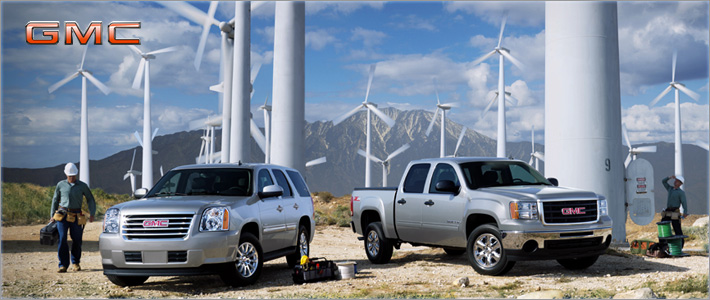
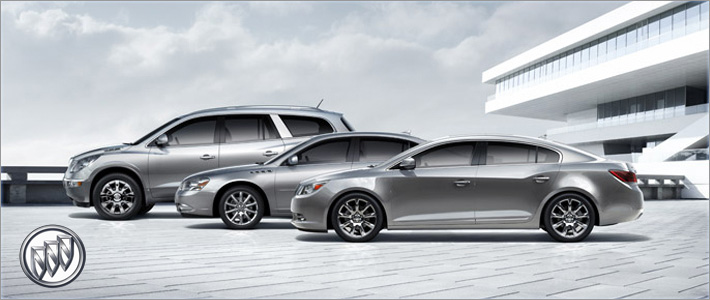
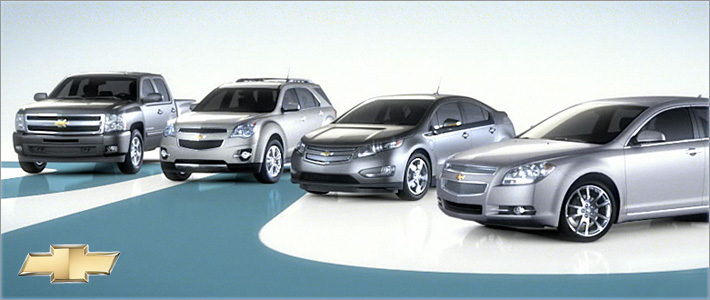
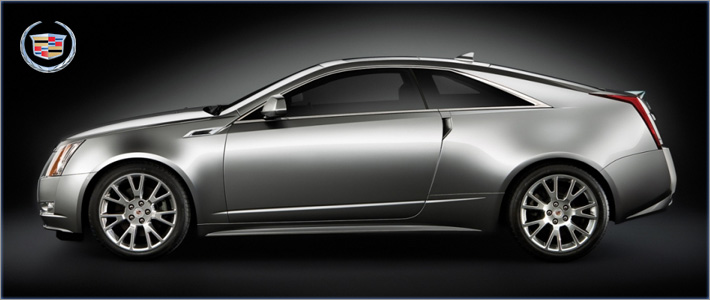
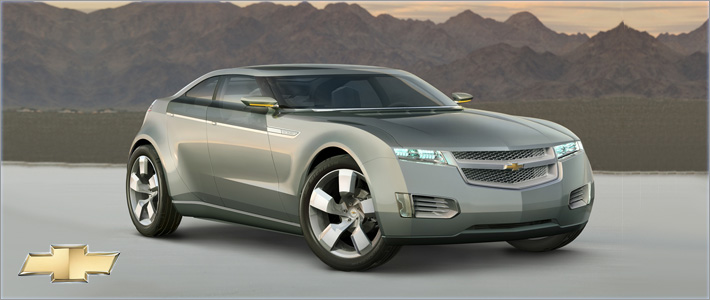
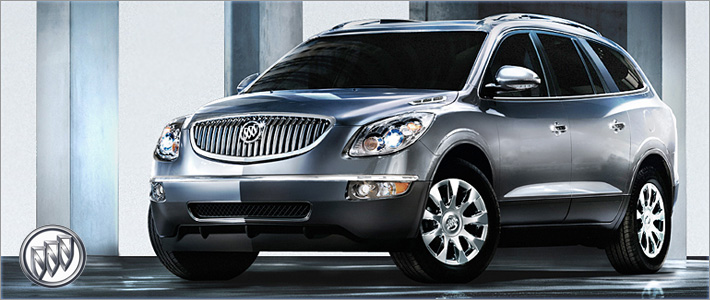
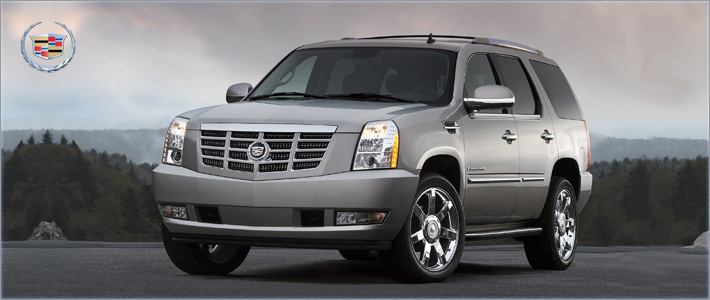
Buick Lesabre - The Power of General Motors
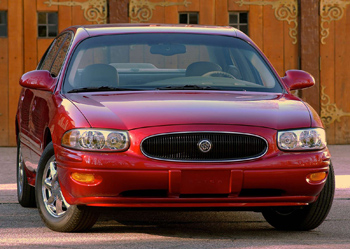 When it comes to longevity, few models could touch the Buick LeSabre. The car was born in the 1950s, and was offered as a coupe, convertible, sedan and wagon in its early years. With time, Buick narrowed the model's focus, and by the early 1990s, the LeSabre's lineup had been trimmed to include just a full-size sedan. This strategy was a successful one. In the years preceding its retirement in 2005, the LeSabre made quite a name for itself in this segment, frequently taking top honors as the most popular full-size sedan on the market.
When it comes to longevity, few models could touch the Buick LeSabre. The car was born in the 1950s, and was offered as a coupe, convertible, sedan and wagon in its early years. With time, Buick narrowed the model's focus, and by the early 1990s, the LeSabre's lineup had been trimmed to include just a full-size sedan. This strategy was a successful one. In the years preceding its retirement in 2005, the LeSabre made quite a name for itself in this segment, frequently taking top honors as the most popular full-size sedan on the market.
The latter-day Buick LeSabre owed much of its success to a demographic frequently overlooked by automakers: senior citizens. The sedan was, in many ways, a natural fit for these buyers. With room for six, the LeSabre was spacious enough to accommodate passengers in comfort. It offered the sort of unshakably serene ride that seniors favor, absorbing ruts and bumps in the road without ever troubling those riding within. Its trunk's cavernous dimensions allowed it to effortlessly digest even unwieldy loads, like a walker or mobility scooter. And everyone could appreciate the LeSabre's stellar crash test scores and the outstanding fuel-efficiency of its V6.
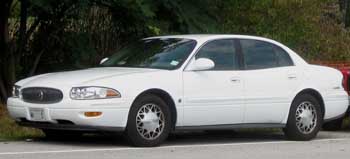 This Buick certainly had its shortcomings. Much like your grandmother's ancient Sunday best, the LeSabre's cabin was aesthetically out of step with the fashion of the day. Making matters worse was the interior's cheap plastic and overtly faux wood. Performance wasn't exactly bracing, and the LeSabre's handling could become sluggish when the car was carrying a full load. Also, split-folding rear seats were never offered by the LeSabre, even after they became fairly common in its segment.
This Buick certainly had its shortcomings. Much like your grandmother's ancient Sunday best, the LeSabre's cabin was aesthetically out of step with the fashion of the day. Making matters worse was the interior's cheap plastic and overtly faux wood. Performance wasn't exactly bracing, and the LeSabre's handling could become sluggish when the car was carrying a full load. Also, split-folding rear seats were never offered by the LeSabre, even after they became fairly common in its segment.
The eighth-generation Buick LeSabre existed from model year 2000 until the sedan's demise in 2005. Though this Buick's sheet metal looked a lot like that of the previous-generation LeSabre, it was, in fact, quite different under the skin. Built at General Motors' Detroit/Hamtramck facility in Hamtramck, Michigan, it rode on a new platform. Its cabin was revised to improve ergonomics and overall aesthetics. Ride quality and steering feel saw noticeable improvement, and side airbags were added to the standard features list.
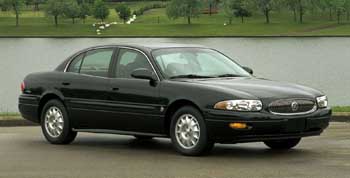 Two trims were offered. The base Custom offered standard Buick Lesabre Accessories like keyless entry, full power features and cruise control. The Limited trim added amenities like a power-adjustable driver seat, dual-zone climate control, alloy wheels and an electrochromatic rearview mirror. Options included a CD player, heated front seats, leather upholstery and OnStar. Both trims were powered by a 3.8-liter V6 that sent its power to the front wheels through a standard four-speed automatic transmission. With 205 horsepower and 230 pound-feet of torque, the V6 provided adequate performance and reasonable fuel-efficiency.
Two trims were offered. The base Custom offered standard Buick Lesabre Accessories like keyless entry, full power features and cruise control. The Limited trim added amenities like a power-adjustable driver seat, dual-zone climate control, alloy wheels and an electrochromatic rearview mirror. Options included a CD player, heated front seats, leather upholstery and OnStar. Both trims were powered by a 3.8-liter V6 that sent its power to the front wheels through a standard four-speed automatic transmission. With 205 horsepower and 230 pound-feet of torque, the V6 provided adequate performance and reasonable fuel-efficiency.
Over the years, this generation of the Buick LeSabre benefited from a few tweaks. In 2001, dual-stage airbags were added, and OnStar became a standard feature on Limited models; a head-up display also became available with the Limited trim. The following year, all LeSabres got new audio systems and manual trunk release latches; the LATCH system for keeping child safety seats in place was also added. In 2003, satellite radio was added to the options list on Limited models, and side-impact airbags -- which had been standard on all LeSabres since model year 2000 -- became optional on Custom models. LeSabre Limited models were also given a new trim option to celebrate the LeSabre's 10-year run as the best-selling full-size sedan in the nation. Dubbed the Celebration Edition, these Buicks featured a new monochrome emblem, a blacked-out grille and signal mirrors. Rain-sensing wipers were added to the options list in 2004.